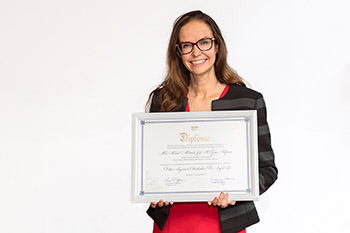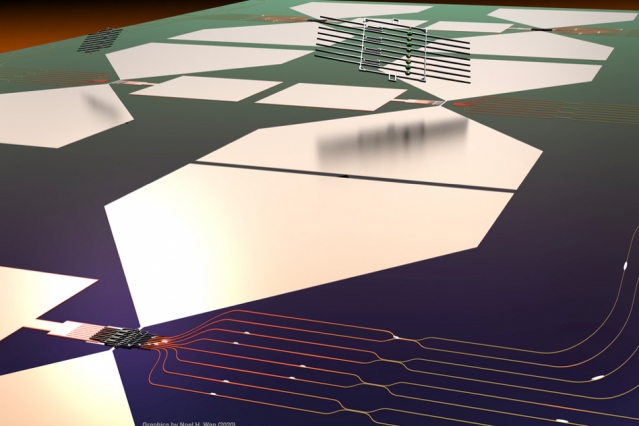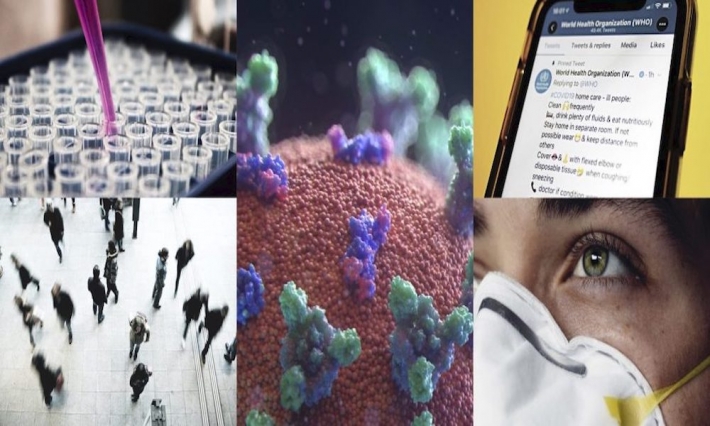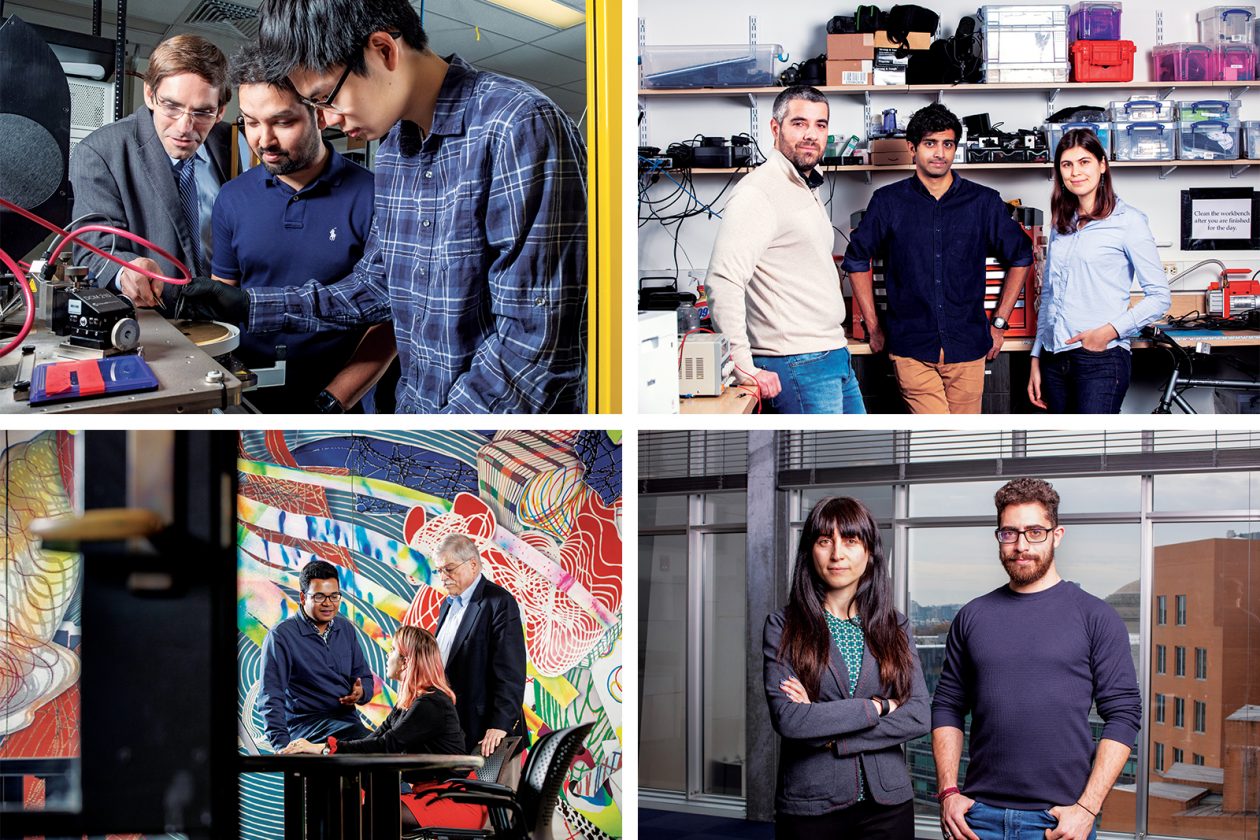By Kerri Lu
MIT departments, labs, and centers participated in the #ShutDownSTEM, #ShutDownAcademia, and #Strike4BlackLives movements
#ShutDownSTEM, #ShutDownAcademia, and #Strike4BlackLives urged non-black researchers to strike as a form of protesting systemic anti-black racism in academia. The strike was intended for researchers not directly involved in COVID-19 research, according to the Shut Down STEM website.
The strike took place in the wake of the May 25 killing of George Floyd by a white police officer and the ensuing protests across the U.S.
Michael Sipser, dean of the School of Science, wrote in an email to The Tech that individual departments, labs, and centers organized their own activities for #ShutDownSTEM.
According to the discussion schedule attached to Sipser’s email, the biology and chemistry departments held discussions on topics such as “white privilege, fragility, and guilt”; “personal implicit bias”; “non-Black LGBTQIA+ allyship to the Black community”; “how pseudoscience can perpetuate racism”; “anti-blackness in the Cambridge/Boston community”; “anti-blackness in STEM”; and confronting racist family members.
The math department and the earth, atmospheric, and planetary sciences department separately held department-wide readings and discussions on anti-black racism in STEM.
The brain and cognitive sciences (BCS) department also participated in #ShutDownSTEM and held a town hall June 8. BCS leadership wrote in an email to the BCS community June 9 that the department plans to expand its Diversity Committee and raise funds to support “anti-racist initiatives” suggested by black graduate students, “build relationships with Historically Black Colleges and other minority serving institutions,” and expand local outreach efforts.
The physics department held no meetings but encouraged researchers to “spend a day on conversation, reflection, and education on racism against African Americans,” Sipser wrote, adding that the Kavli Institute for Astrophysics and Space Research hosted a town hall.
Physics professors Tracy Slatyer and Daniel Harlow helped organize the Strike For Black Lives through Particles for Justice, a worldwide group of physics faculty and postdocs formed in 2018 in response to a misogynistic talk given at CERN.
Harlow wrote in an email to The Tech that the strike, led by physicists Brian Nord and Chanda Prescod-Weinstein, was developed in collaboration with the organizers of #ShutDownSTEM. Harlow wrote that he hopes the strike will mark “the beginning of a new period in academia,” inspiring researchers “to confront our own complicity in systemic racism and to think productively about how we can improve in the future.”
Slatyer wrote in an email to The Tech that as of June 9, over 4,000 people had signed the pledge to strike. Slatyer chaired a committee in the MIT Center for Theoretical Physics to “organize education and action-planning events” for the strike.
Slatyer acknowledged the “real risk that non-Black academics might congratulate themselves on dedicating a day to the strike, and then slip back into complacency and inaction.” However, Slatyer wrote that many non-black academics will be “exposed to ideas and information they haven't previously encountered,” and the strike will “reinforce” previous efforts by black academics to challenge racism in STEM academia.
“It's also important for both Black and non-Black students to see senior people and leading institutions in our field taking the issue of systemic anti-Blackness seriously enough to dedicate real time to working against it,” Slatyer wrote.
Anantha Chandrakasan, dean of the School of Engineering, wrote in an email to The Tech that engineering departments, labs, and centers paused research and organized “programming, discussion, and resources around eradicating anti-Black racism in academia and STEM – and beyond.”
The nuclear science and engineering, mechanical engineering, chemical engineering, civil and environmental engineering, and EECS departments held department-wide discussion forums, Chandakasan wrote. The Institute for Medical Engineering and Science and Harvard-MIT Program in Health Sciences and Technology maintained an open Zoom channel for discussion all day, with a community forum in the afternoon.
Community members were also invited to share their perspectives with departmental leadership. For instance, EECS department head Asu Ozdaglar PhD ’03 wrote in an email to the EECS community that participation in the EECS “Listen-In” would help EECS leadership “support structural change” to foster a “more welcoming” and “inclusive” community. Over 330 participants attended the EECS Listen-In.
Melissa Nobles, dean of the School of Humanities, Arts, and Social Sciences (SHASS), wrote in a statement emailed to The Tech that some HASS departments are “posting statements of solidarity on department webpages and social media, while others are meeting to discuss class curriculums and action.” SHASS will also publish a webpage with readings on “systemic racism, civil rights, and social justice,” Nobles wrote.
Nobles wrote that SHASS participated in #ShutDownAcademia to “stop business as usual and plan action on issues of racial inequality.”
The Sloan School of Management also participated in #ShutDownAcademia. An email from Sloan leadership encouraged the Sloan community to use the strike day to watch the Black Business Students Association’s June 1 call to action, watch the June 2 MIT Community Vigil, or continue educating themselves on “on allyship, antiracism, and privilege/white fragility.”
“We encourage managers to consider canceling meetings” to “allow for reflective time for themselves and staff,” the email wrote.
According to the email, Sloan will also participate in the Virtual Day of Absence June 19 by holding discussions on allyship and dismantling systemic racism. The Virtual Day of Absence website writes that participants will protest anti-black racism by being “absent from electronic communication platforms,” including email, on Juneteenth, a holiday celebrating the emancipation of enslaved African Americans.
Orignal article published in The Tech on June 11, 2020
















![Charlene (Nohara) Kabcenell ’79 is president of the MIT Alumni Association. "The Covid-19 crisis has reminded us all of the importance of relationships and staying connected, both to MIT and to each other," she says. "[W]e are such a force when we band together." Photo: Rebecca Rodriguez](http://www.eecs.mit.edu//sites/default/files/Slice_202006_Kabcenell5281_Final.jpg)






























































































